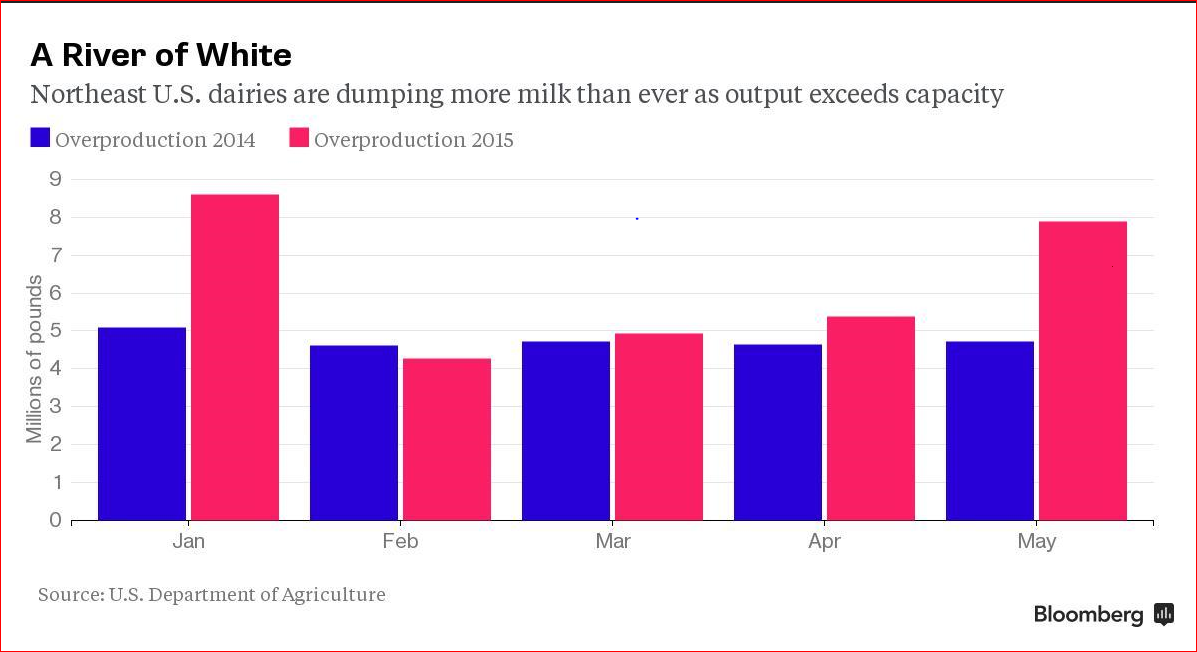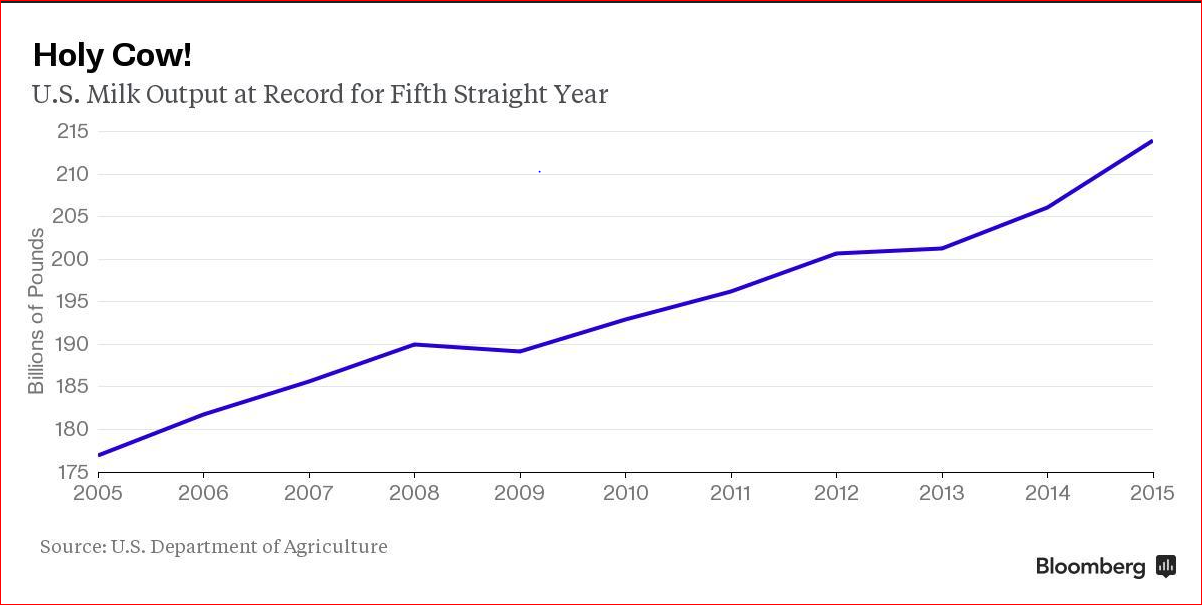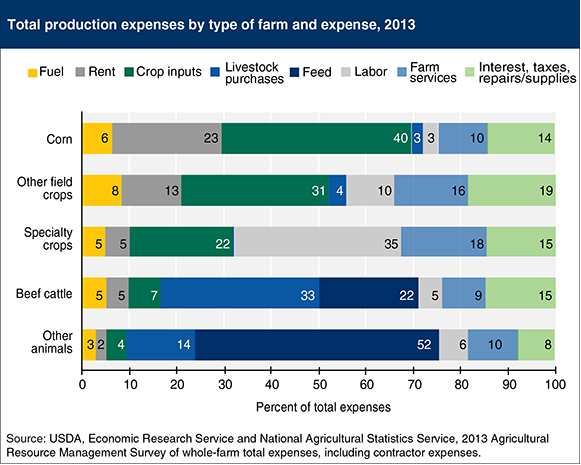U.S. ethanol makers race to expand even with policy uncertainty
Some U.S. ethanol producers are racing to bring on capacity, pushing output to fresh highs even as soaring corn prices tighten margins and the nation’s biofuels program faces prolonged uncertainty.
Betting on exports and robust domestic fuel demand, four companies are finalizing expansions and projects that will add 375 million gallons of corn-based ethanol capacity this year.
That’s the equivalent of adding some 24,000 barrels a day.
It is only a sliver of the nation’s nearly 1 million barrel per day output and small compared with expansions in recent years as companies raced to build after Washington launched the renewable fuels program in 2005.
Still, the new flows are expected to push output to fresh records at a time when inventories are near three-year highs and margins are beginning to buckle as corn prices rise.
They also come as the biofuels program faces a prolonged era of uncertainty. The Environmental Protection Agency in May unveiled long-awaited targets for biofuels use through 2016.
Attacks on the controversial policy are mounting. Oil refiners have threatened legal action to overhaul the program, and a U.S. lawmaker is considering a bid to defund the program.
Even so, Marquis Energy LLC is pushing ahead with its project to double capacity at its 150-million-gallon facility in Hennepin, Illinois, making it the largest U.S. dry-mill.
“We’ve got emerging world markets, gasoline demand is up,” said Marquis chief Mark Marquis in an interview.
The plant’s location and low costs will help it navigate tightening margins, Marquis said.
The expansion, four years in the making, will be complete in December.
NEW CAPACITY, NEW CAUTION
While consumption remains firm for now, rivals are watching the expansions with caution.
“Where’s all that ethanol going to go? I would say the market is a little bit nervous,” said Neil Koehler, co-founder and Chief Executive Officer of Pacific Ethanol Inc, which has eight plants with 515 million gallons of capacity.
Plant run-rates hit a record 994,000 barrels per day last month, partially as capacity has ramped up at facilities owned by Noble Group and by Ergon Biofuels.
Dakota Spirit AgEnergy, a $155 million project, is fine-tuning a 65-million-gallon ethanol plant, said Jeff Zueger, chief executive officer of Midwest AgEnergy Group.
Demand growth expectations – at least in the short term – are uncertain. Oil companies say that ethanol use in gasoline is capped at 10 percent of U.S. gasoline use projected to rise to 138.7 billion gallons this year.
Margins are already below 20 cents a gallon, half of the eight-year average of about 40 cents a gallon and down from records above $2 a gallon last year, according to Iowa State University.
Plants will be profitable so long as ethanol prices, now around $1.60 a gallon, stay above $1.
But once the summer driving season ends, many producers worry inventories will resume their rise, prices will fall and higher-cost producers may be forced to dial back or idle.
“Markets can be brutal. Depending on how quick and how brutal, you could have smaller players shutting down,” Koehler said. (Editing by Eric Walsh)


